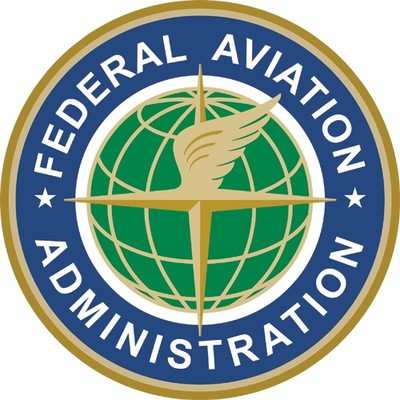Thu, Apr 11, 2013
Allows GPS-Based IAP At Either Destination Or Alternate Airport
The FAA has updated its policy on alternate airport flight planning following a review of the current requirements placed on aircraft Global Positioning System (GPS) navigation systems. The FAA also studied the availability of GPS and Wide Area Augmentation System (WAAS) for GPS and WAAS-based instrument approaches at destination and alternate airports. As a result, the FAA has updated the policy and provided clarification to enable additional flexibility for users while maintaining safety in the National Airspace System (NAS).

The FAA has updated this policy to allow an option to flight plan for use of a GPS-based IAP at either the destination or the alternate airport, but not at both locations. At the alternate airport, pilots may plan for applicable alternate airport weather minimums using:
- Lateral navigation (LNAV) or circling minimum descent altitude (MDA);
- LNAV/vertical navigation (LNAV/VNAV) decision altitude (DA) if equipped with and using approved barometric vertical navigation (baro-VNAV);
- RNP 0.3 DA on an RNAV (RNP) IAP if specifically authorized with approved baro-VNAV equipment.
To take advantage of this option, GPS users must:
- Have navigation systems with fault detection and exclusion (FDE) capability.
- Perform a preflight Receiver Autonomous Integrity Monitoring (RAIM) prediction for the approach integrity at the airport where the GPS-based IAP will be flown.
- Have proper knowledge and any required training and/or approval to conduct a GPS-based IAP.
- Ensure that the conventional approach (at destination or alternate) can be flown without reliance on GPS.
The FAA based this policy change on research that demonstrated a satisfactorily low probability of a missed approach or diversion and an even more remote probability concerning loss of navigation.
The FAA also clarified its policy on the use of WAAS in alternate airport planning. There are some WAAS integrations that use baro-VNAV for vertical guidance. WAAS users should consult their flight manuals for this information. This policy clarification allows properly trained and approved, as required, WAAS users equipped with and using approved baro-VNAV equipment to plan for applicable alternate airport weather minimums using:
- LNAV/VNAV DA at an alternate airport.
- RNP 0.3 DA on an RNAV (RNP) IAP at the alternate airport if specifically authorized.
The FAA based this policy clarification on the facts that GPS-based lateral guidance is the same for LNAV, LNAV/VNAV and RNP 0.3 DA and approved barometric vertical navigation equipment does not rely on GPS information. Therefore, a loss of GPS vertical would not affect these WAAS users navigating vertically with baro-VNAV.
This policy change for GPS users and clarification for WAAS users does not alleviate responsibility to comply with Code of Federal Regulations, Title 14, Part 91, § 91.169, regarding instrument flight rules (IFR) alternate airport weather minima guidance for non-precision approach procedures; or operations specification (OpSpec), management specification (MSpec) or letter of authorization (LOA) paragraph C055, Alternate Airport IFR Weather Minimums; or OpSpec/MSpec paragraph H105, Alternate Airport IFR Weather Minimums, as applicable.
More News
19-Year-Old Pilot Was Attempting to Fly Solo to All Seven Continents On his journey to become the first pilot to land solo on all seven continents, 19-year-old Ethan Guo has hit a >[...]
From 2017 (YouTube Edition): A Quality LSA For Well Under $100k… Aeroprakt unveiled its new LSA at the Deland Sport Aviation Showcase in November. Dennis Long, U.S. Importer>[...]
Hazardous Weather Information Summary of significant meteorological information (SIGMET/WS), convective significant meteorological information (convective SIGMET/WST), urgent pilot>[...]
Aero Linx: Historic Aircraft Association (HAA) The Historic Aircraft Association (HAA) was founded in 1979 with the aim of furthering the safe flying of historic aircraft in the UK>[...]
"We would like to remember Liam not just for the way he left this world, but for how he lived in it... Liam was fearless, not necessarily because he wasn't afraid but because he re>[...]
 TikToker Arrested After Landing His C182 in Antarctica
TikToker Arrested After Landing His C182 in Antarctica Classic Aero-TV: Versatile AND Practical - The All-Seeing Aeroprakt A-22 LSA
Classic Aero-TV: Versatile AND Practical - The All-Seeing Aeroprakt A-22 LSA ANN's Daily Aero-Term (06.27.25): Hazardous Weather Information
ANN's Daily Aero-Term (06.27.25): Hazardous Weather Information ANN's Daily Aero-Linx (06.27.25)
ANN's Daily Aero-Linx (06.27.25) Aero-News: Quote of the Day (06.27.25)
Aero-News: Quote of the Day (06.27.25)



